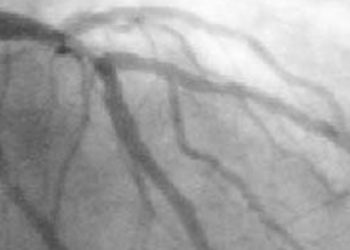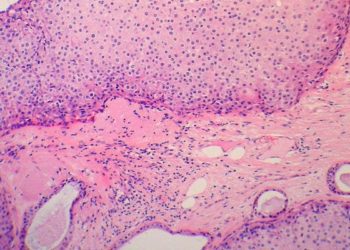CSF1R regulates schizophrenia-related stress response and vascular association of microglia/macrophages
1. Compared to healthy controls, participants with a first episode of schizophrenia had reduced expression of a microglia-associated protein, CSF1R.
2. CSF1R inhibition worsened anxiety behaviors in mice exposed to chronic unpredictable stress.
Evidence-rating level: 3 (Average)
Psychosocial stress is thought to contribute to the development of schizophrenia, mainly for those with underlying genetic susceptibility. Though microglia are important regulators of stress in the brain, the role of microglia in the development of schizophrenia has not previously been thoroughly investigated. Colony stimulating factor 1 receptor (CSF1R) is a protein expressed by microglia. In this study, 51 participants with a first episode of schizophrenia (FES) were paired with 46 healthy age and sex-matched controls (HC) with elevated perceived stress. Researchers measured CSF1R RNA and protein levels in the participant’s blood. In addition, participants underwent brain MRIs to compare anatomy between FES and HC groups. Finally, the researchers studied a mouse model of chronic unpredictable stress, combined with a CSF1R inhibitor, and examined the rodent’s anxiety behaviors. The FES group had lower levels of CSF1R mRNA and protein compared to the HC group (p < 0.05). Additionally, their superior frontal and parahippocampal gyrus volumes were significantly smaller compared to the HC group. In mice, the CSF1R inhibitors enhanced anxiety behaviors during chronic unpredictable stress. As well, CSF1R inhibition reduced the expression of genes involved in brain angiogenesis (p < 0.001) in mice. This study demonstrates that CSF1R may be an important regulator of stress responses and the development of schizophrenia. Limitations of this study include the small sample size and cross-sectional study design. Future research may examine the CSF1R expression in a larger sample size or via a longitudinal study. As well, this study included exclusively male rodents in the creation of their mouse model. Future work should aim to better encapsulate human populations by incorporating both male and female mice. Overall, this study suggests that CSF1R could be a novel therapeutic target for schizophrenia treatments in the future.
Click to read the study in BMC Medicine
Image: PD
©2023 2 Minute Medicine, Inc. All rights reserved. No works may be reproduced without expressed written consent from 2 Minute Medicine, Inc. Inquire about licensing here. No article should be construed as medical advice and is not intended as such by the authors or by 2 Minute Medicine, Inc.







